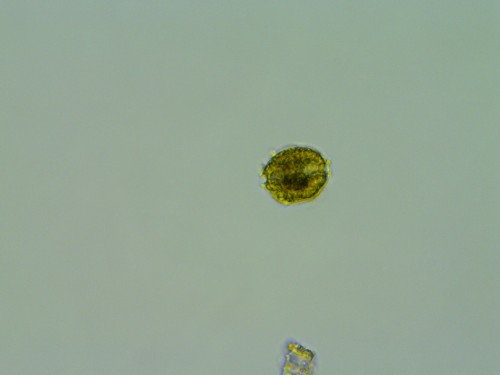Researchers are developing a field test kit that would make it easier to monitor for paralytic shellfish poisoning. Project partners include NOAA researchers from the lower 48 as well as community testers based on Kodiak Island and in the Alaska Peninsula.

Despite the high level of toxicity found in shellfish in the Kodiak Archipelago, people still harvest them. Julie Matweyou, who works in the Alaska Sea Grant Marine Advisory Program and has been a long-term researcher of PSP, said a person becomes sick when they eat shellfish that have consumed toxic plankton.
She explained paralytic shellfish poisoning is exactly what it sounds like.
“The PSP toxins can cause tingling of the mouth, paralysis, tingling of the extremities, nausea, headache, people describe a floating sensation,” Matweyou said. “And in a severe toxin event, the person would experience paralysis of the limbs, which would progress into paralysis of your diagram, which would cause respiratory paralysis.”
A faster, cheaper way to monitor for PSP could prevent sickness in harvesters and even save lives. The testing would also be helpful in collecting more data about when toxicity peaks and when it declines.
Researchers are in phase one of the three-year project, which began in July and is funded through the North Pacific Research Board.
Pat Tester is a former supervisory oceanographer and current affiliate for NOAA and works in North Carolina. She explained that the chemical based methods the state of Alaska uses for testing toxicity are expensive and lengthy. She said for monitoring in the field, researchers would try an anti-body based test.
“We’ve developed antibodies to two of the most potent toxins in the shellfish, and we can give you then a digital readout of those toxins in the shellfish in the field very quickly and very much less expensively than the state does the regulatory testing,” Tester said.
She said some samples will go to researchers in the city of Kodiak for monitoring and, from there, they will be sent to North Carolina for validation via chemical analysis.
Kayla Deroches is a reporter at KMXT in Kodiak.




